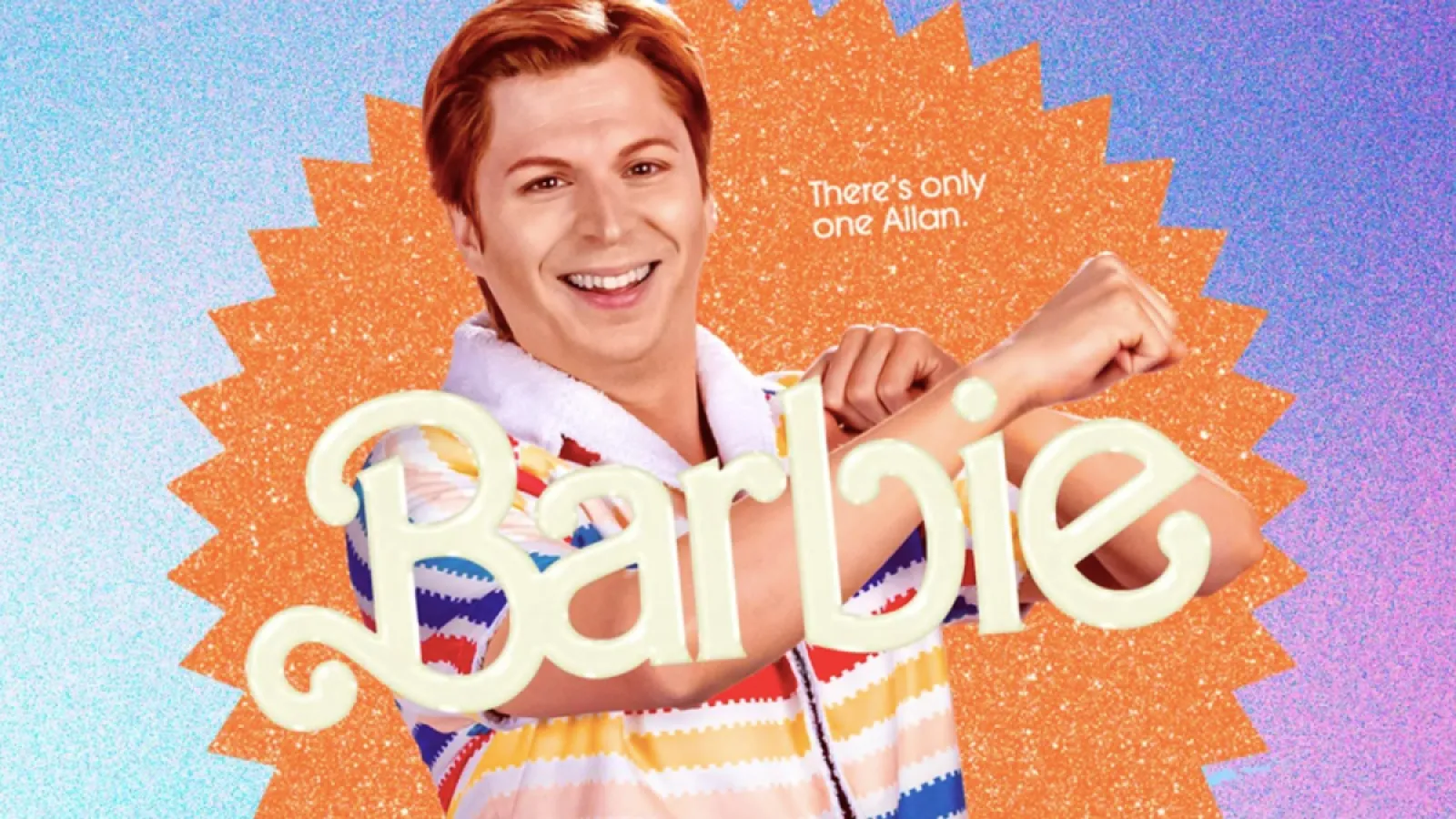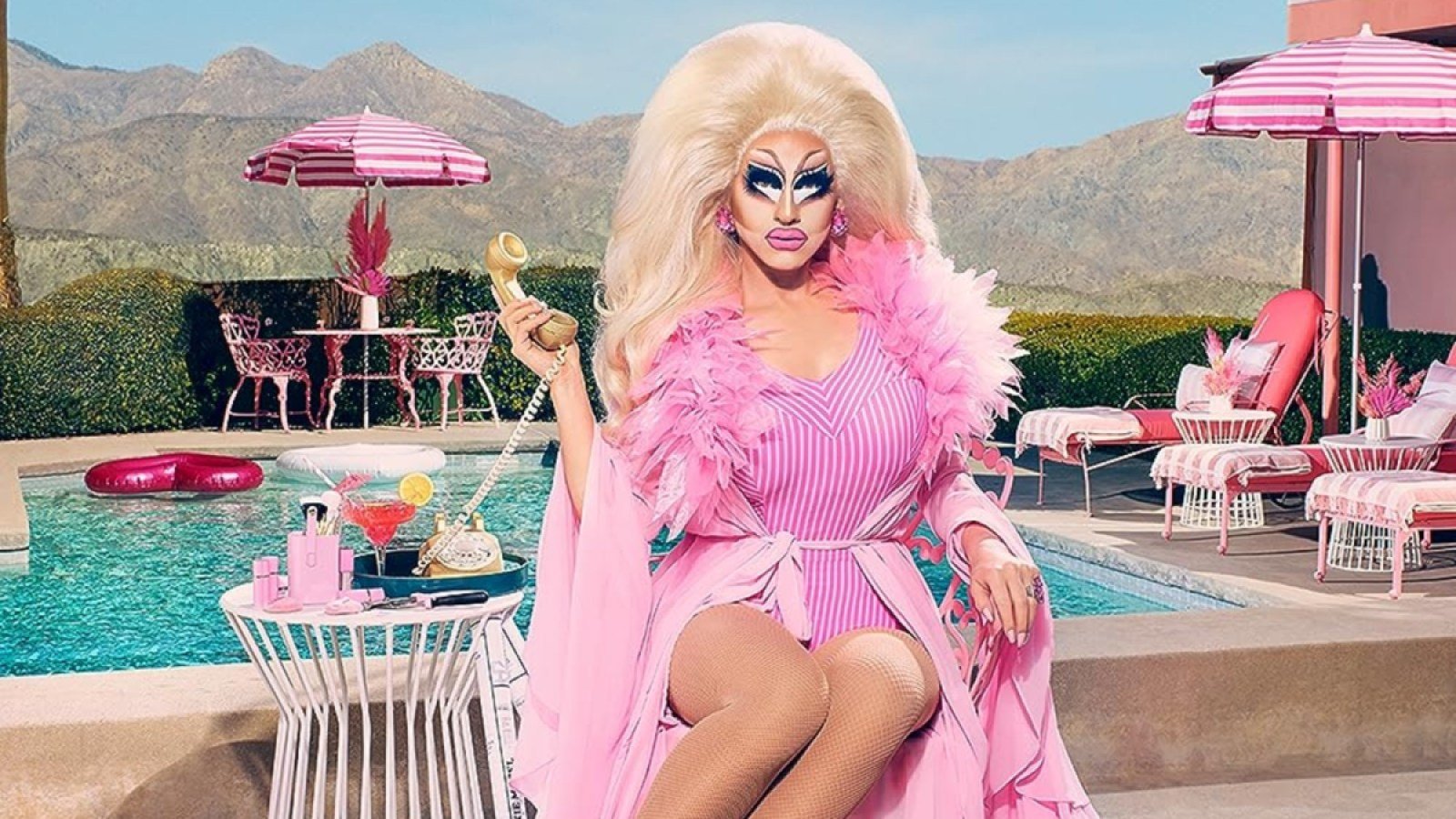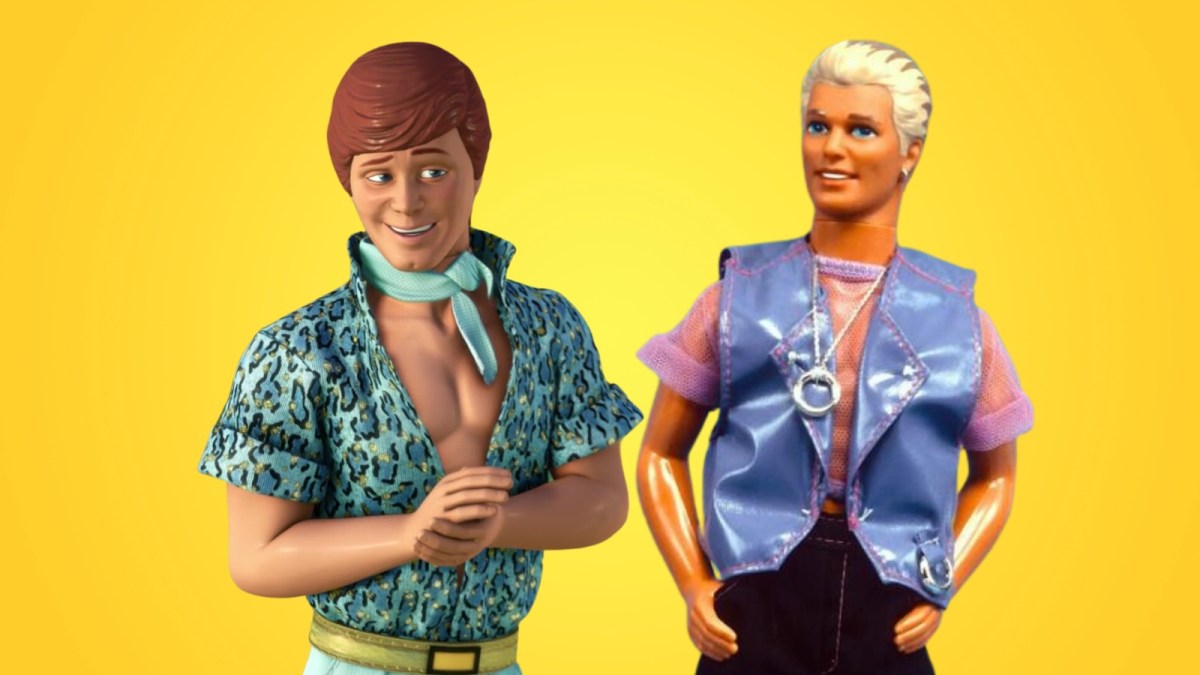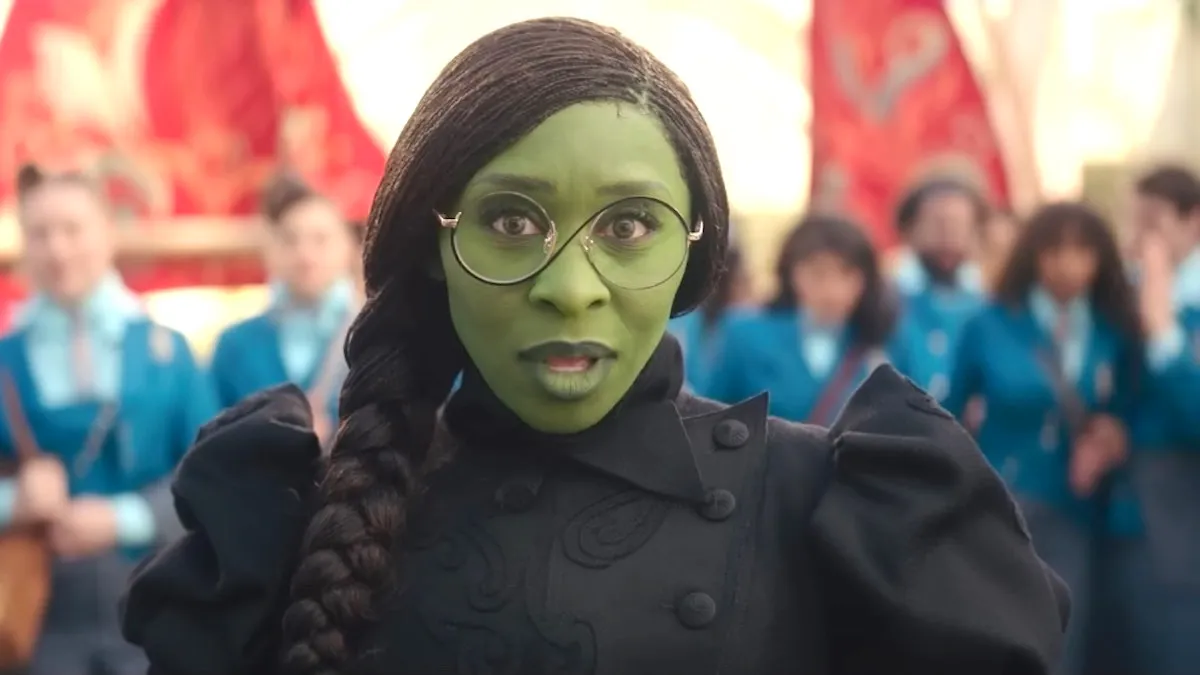For many people in the LGBTQIA2S+ community, creating queer stories with Barbie and Ken dolls is a rite of passage—but the actual queer history of Barbie flies in the face of her role as a hyper-femme, heterosexual icon. Of course, in a relatively recent attempt at becoming more inclusive and relevant to today’s market, Mattel has begun releasing a wider, more realistic line of Barbie and friends’ dolls whose appearances, physical abilities, and identities (including sexuality and gender expression) are incredibly diverse. It’s also become pretty explicitly pro-LGBTQ+ with its social media campaigns and special doll releases.
But what about the infamous “Earring Magic Ken” or Allan, both of whom appear in Greta Gerwig’s Barbie? How have Barbie and the queer and trans communities become inherently linked over the last half-century? Here’s a look at the queer history of Barbie, including how the doll’s relationship to queer and trans people and the explicit inclusion of queerness in the Barbie movie.
Is Ken Barbie’s boyfriend or her GBF?
Ken Carson was introduced in 1961 as Barbie’s boyfriend. How he met and fell in love with Barbie depends on who you ask, but aside from the period between 2004 and 2011 when they were broken up, Barbie and Ken have been Mattel’s ‘It Couple’ for 62 years.
Or have they? Plenty have speculated that Barbie is actually Ken’s “beard,” protecting his queer identity until he’s ready to “come out.” That would make Ken Barbie’s gay best friend (GBF), which honestly feels more authentic to his various iterations, including his multiple interpretations in Barbie.
It’s impossible to look at the 1993 “Earring Magic Ken,” whose design was dictated by survey responses from children who wanted him to look cooler, and not think he’s ready for a night out at a gay bar. He embodies early ’90s queer stereotypes, from his lavender mesh shirt to his pleather vest and cock ring necklace. At the time, It Gets Better Project co-founder Dan Savage wrote about the doll for The Stranger: “On closer inspection, Ken’s entire Earring Magic outfit turns out to be three-year-old rave wear. A purple faux-leather Gaultier vest, a straight-out-of-International Male purple mesh shirt, black jeans and shoes. It would seem Mattel’s crack Ken-redesign team spent a weekend in LA or New York dashing from rave to rave, taking notes and Polaroids.”
Then-manager of marketing and communications for Mattel, Lisa McKendall, released a statement saying, “We’re not in the business of putting cock rings into the hands of little girls.” She told The Stranger, “It’s a necklace. It holds charms he can share with Barbie. C’mon, this is a doll designed for little girls, something like that would be entirely inappropriate.”
However, Mattel soon recalled the best-selling doll and has since refused to acknowledge it, even in its archive of historically significant dolls. Gerwig, on the other hand, included him in the Barbie movie, reigniting discussion about the doll and his queer roots.
More broadly, queer-coded Ken has also appeared in major media including Toy Story 3. Although he falls in love with Barbie upon meeting her, his short-shorts, animal-patterned, button-up shirt, ascot, and loafers paint the image of a successful gay man on vacation. The official Disney-Pixar description of the character says he’s ready for a safari, but he’s introduced coming down in an elevator attached to the outside of his very own dream house. He has a ton of other outfits in his neatly organized closet, any and all of which he’s happy to show off.
Ken is initially a villain and he and Barbie are on opposite sides of an all-out toy war, which prompts her to tie him up and rip apart his beloved clothes in front of him as a form of torture. Perhaps it’s reductive to argue that this representation of Ken is queer-coded, but most if not all characters in the Toy Story franchise are extremely stereotypical, so of course he is too.
Who the heck is Allan?

Allan (or Alan), played by Michael Cera in Barbie, was introduced as “Ken’s buddy” in 1964, just three years after Ken himself debuted. Named after Mattel co-founder Ruth Handler’s son-in-law, Allan was designed to fit into Ken’s clothes and eventually became Midge’s husband in the early ’90s. In Gerwig’s Barbie, he’s the only non-Ken man in Barbie Land and he spends his time yearning after Ken while Ken spends his time “beaching” and yearning after Barbie.
Although Allan isn’t explicitly queer either in Mattel canon or in Barbie, the subtext is undeniable. Mattel making doll clothes interchangeable between various Barbies, Kens, and of course, Allans makes sense since kids are notorious for stripping down their dolls or altering their appearance ala Kate McKinnon’s Weird Barbie, whose dog harkens back to a controversial Mattel release that was eventually recalled. But if anything, this reinforces the potential queerness of these dolls. Sharing clothes often has a romantic connotation, and Allan’s original marketing focused hard on how he could fit into all of Ken’s clothes. Is “buddy” just the guy version of “gal pals”?
Is Barbie truly a queer icon?

The relationship between queer and trans people and Barbie is complicated at best. Since her debut at the New York Toy Fair in March 9, 1959, Barbie has been a femme icon whose aesthetics have inspired makeup and fashion lines, as well as entire characters and lifestyles. Consider the drag queen Trixie Mattel (Brian Michael Firkus), a Native American performer whose name literally contains the toy company’s name and whose pink aesthetic is inspired by Barbie at every turn. From her looks on Ru Paul’s Drag Race (she won All Stars Season 3), to her newest endeavor, the Trixie Motel (which has its own series on Discovery+), Trixie’s all-pink everything vibe embodies Barbie from her big, blonde wigs to her big eyes and baby pink nails.
Trixie even includes actual vintage Barbie dolls in her motel decor, as seen in a recent Instagram post.
Trixie Mattel is just one highly visible example of how Barbie has become a queer icon—for some. In an interview with the UK publication Gay Times, Bates College professor of gender and sexuality studies Erica Rand says, “It doesn’t take much to chop Barbie’s hair off, switch Barbie’s clothes, pronouns, partners, voice, or story. I think that’s partly why some people fondly remember what they did with Barbie as an early hint of their own queerness, and why adults gravitate to Barbie as a vehicle for play, protest, and parody.”
However, Rand also notes, “Some people remember being pressured to demonstrate proper gender and sexual tendencies by playing or not playing with her. Others remember being affected by the way that, even when Barbie’s world is multiracial, it elevates the blondest of white people. As this movie itself illustrates, the primary Barbie and Ken are always white.”
In this way, Mattel has largely whitewashed the cultural influences of its wide array of Barbie dolls over the years. Black and brown queer and trans people, in particular, have had a significant impact on pop culture for decades, eventually leading to very weak and very white representation in Barbie dolls. Until 2009, when it finally released a line of Black dolls with different facial features, Mattel used the same features on all of its dolls, regardless of skin color, reinforcing white beauty standards.
How Mattel has become more inclusive of LGBTQ+ identities
Although Mattel historically hasn’t embraced the queer iconography of its flagship toy, it’s recently made efforts to be more inclusive and more explicitly pro-LGBTQ. In 2019, it launched the “Creatable World” line of gender-neutral Barbie dolls with short hair and no defined muscles or curves. Each one comes with a longer wig and neutral clothing, allowing kids to dress and play with their dolls however they like.
In 2017, Mattel posted an Instagram photo of Barbie wearing a “Love Wins” t-shirt, sitting next to a doll modeled after fashion designer Aimee Song wearing the same shirt in a different color. Song created real-life versions of the shirt to benefit The Trevor Project.
After the photo went viral in 2021 and social media users began discussing Barbie’s potential “girlfriend” and queerness, Song jokingly posted, “I am the girlfriend,” according to Teen Vogue. Song told the publication she wanted her doll to be modeled after her so her Barbie “represented Asians, aligned with my core values, and inspired other children.” She added, “When I submitted the Love Wins t-shirt as my clothing option, they were completely on board with this decision, and I had never felt so proud and inspired to continue influencing what values we look up to and idolize. To see the doll trending on Twitter now, and in such a positive, normalized way, is just a reaffirmation of all the work and progress we’ve made for the LGBTQ+ community.”
Last year, Mattel created a Laverne Cox doll for her 50th birthday as part of its Signature Tribute collection. It’s the company’s first official transgender doll, not counting its gender-neutral and arguably non-binary line. Although transgender actress Hari Nef is in the Barbie movie and Mattel has created dolls for some of the film’s largest roles (including President Barbie, played by Issa Rae), it has not yet released one for Nef’s character.
Hopefully, queer readings of the Barbie movie, which keeps breaking box office records, will encourage Mattel to continue supporting, embracing, and highlighting the LGBTQ+ community. It’s arguably the best business decision the company could make.
(featured image: Pixar; Mattel / The Mary Sue)









Published: Aug 2, 2023 05:11 pm